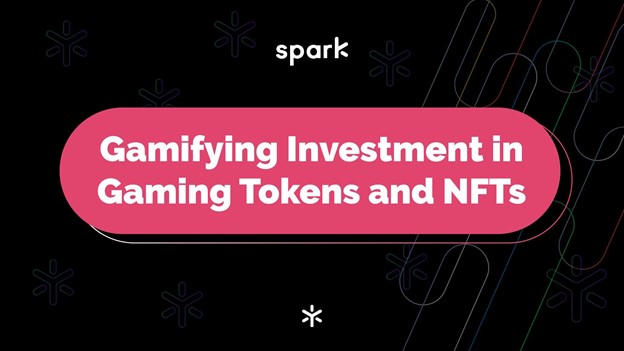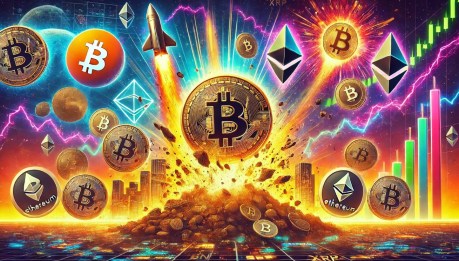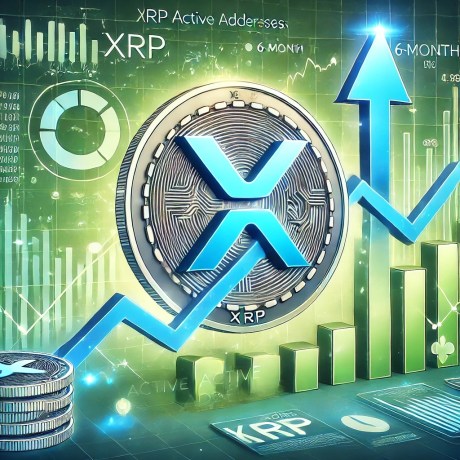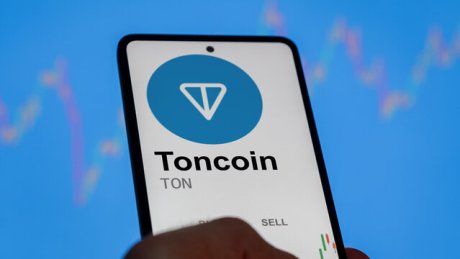The already booming market for gaming tokens and NFTs has exploded as more games are created for the virtual reality (VR) space known as the metaverse. Gamers are enthralled by this more immersive gaming experience tailormade for a more interactive Web 3.0. Fortunately, investors have many opportunities to invest in the token public offerings of these exciting gaming projects on the blockchain.
One of the great advantages of blockchain technology is it makes it easy for anyone to access financial services, including conducting and investing in a public offering event. Public offerings have traditionally been premium investment banking services. Gone are the days when Wall Street bankers would take a big cut of an initial public offering in exchange for giving projects access to investors.
The challenge is, the competition is stiff for a place in the alternative whitelisting process. A spot on the public offering whitelist is open to any investor who meets simple qualification requirements. Unfortunately, competing for the whitelist spot is like an epic battle in an RPG game against the Horrible Horde.
The Whale Advantage Whitelistings
The race to get a place in a public offering turns into a stampede because most whitelisting processes are conducted on a First Come First Serve (FCFS) basis. The investors who can pay the highest gas fees get whitelisted first. Big whales typically front run small investors by setting Gwei very high to get to the front of the queue faster. In this unfavorable environment, the smaller investor loses twice because not only do they not receive an allocation but they still get stuck paying the gas fees.
For many reasons, this competitive whitelisting approach subjects all investors to higher risks of investing in weak projects.
Reminiscent of the dot-com days, investors are less apt to conduct thorough due diligence. Startups, in turn, are under less pressure to disclose detailed information about their projects.
Meanwhile, autobots filling the whitelist spots accelerate the price rise. Automation improves the efficiency and facility of investing in tokens, but it can also run up prices very quickly, a further motivation for investors to blindly jump in at the earliest opportunity to a token pool.
The Disincentive Problem in Randomized Token Distributions
Another approach to allocating whitelist spots is to virtually throw the dice. Random number generators are used in a growing number of blockchain applications, from betting to governance voting. Because the results are transparent, recorded and distributed on the blockchain, participants are ensured a fair outcome.
Though the process is indisputably egalitarian, it makes it impossible for an investor to get a place on the list based on merit. On the other hand, smaller investors without white shoe Wall Street connections have the opportunity to participate in public offerings. Beware, though, whitelist managers with centralized control could still stack the selection list with their friends before throwing the dice.
Consider the case of a private investor who has invested in a project and wants to increase his allocation. He may lean on the project or the IDO platform to rig the selection process so that they whitelist his / his friends, as opposed to normal members of the crypto community looking for an allocation in a project which they want to be part of and invest in.
Flipping the traditional allocation process upside down, the wealthiest or most loyal investors may not even get a spot on the whitelist.
Unhealthy Market Power in Staking Pool Allocations
On the opposite end of the incentive spectrum, the investor’s token allocation depends on the amount they have staked in the token pool. A growing trend is to allocate tokens based on the staked equity proportional to the percentage it represents of the total pool. This is similar to the mining rewards model. The wealthiest investors get the highest token allocation, so we are back to square one — the traditional investment banking model.
An attractive feature of blockchain token allocations is that they typically offer three tiers of investment, allowing small and large investors to be rewarded with additional incentives based on the amount they invest. Reserving token allocations for the wealthiest investors, however, pushes out smaller investors while increasing investment risks. With the token distribution concentrated in fewer hands, the risks of market manipulation, and volatility and steep token price declines during the token unlocking period are much higher.
The Spark Solution
What if instead of battling the horrible horde, investors could gain access to gaming projects based on their own skill, merit and able to forecast future events? In this meritocracy, investors are given whitelist spots based on their ability to predict the future success of gaming tokens and NFTs.
According to behavioral scientists, the best decisions in life are made from a combination of intuition and knowledge. Spark has been created to help you make better investment decisions in gaming projects from those sparks of intuition.
Spark has gamified the prediction process. By making the token investment process fairer, Spark is driving engagement and community in high-quality gaming token projects across interoperable gaming metaverses.
Investors vote on the best gaming projects based on weekly and monthly prediction tournaments. Gaming guilds can be formed to back gaming projects based on various parameters, such as favorite gaming project sectors like NFTs or play-to-earn, or the prediction performance of investors.
Spark’s Fair Prediction Launch (FPL) distributes tokens in the fairest and most equitable manner while directly engaging potential investors in gaming projects. Your allocation depends on several factors all influenced by your prediction on the future success of a project.
Our egalitarian token investing process brings investors and creators together through fair and interactive prediction events. Supported by the meritocratic process of prediction-based token allocations, Spark is where you can gain access to high quality and transparent public offerings based on your skills in the prediction markets.
However Spark doesn’t just launch NFTs and tokens; it’s a full, easy to use one-stop-shop for gaining allocations, earning staking and prediction rewards, and finding communities of like minded individuals. The platform will offer multiple tranches of rewards and incentives for users, including:
- Original stake
- Staking rewards
- Prediction rewards
Through Spark’s metaverse integration, the Spark Hub will feature weekly and monthly prediction tournaments and guilds, which will introduce a competitive — and therefore more captivating — aspect to the prediction events which will form the cornerstone of the platform.
All great things start with a Spark!
Follow Spark on Twitter to stay up to date on all upcoming news, announcements and project updates: https://twitter.com/_SparkGM
Join the conversation live in Telegram: https://t.me/TheOfficialSpark and Discord: https://discord.gg/bdfs5uhaP8























